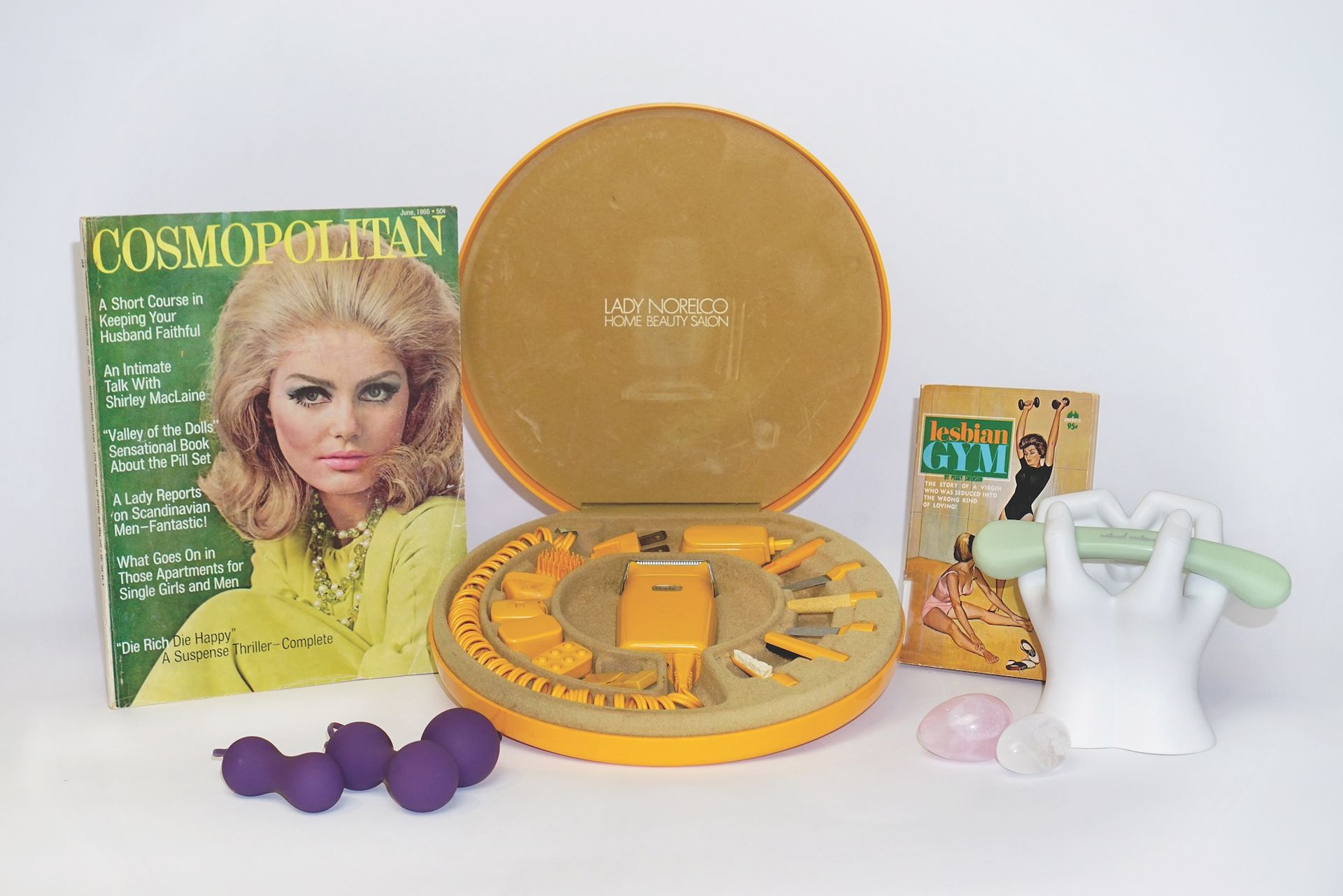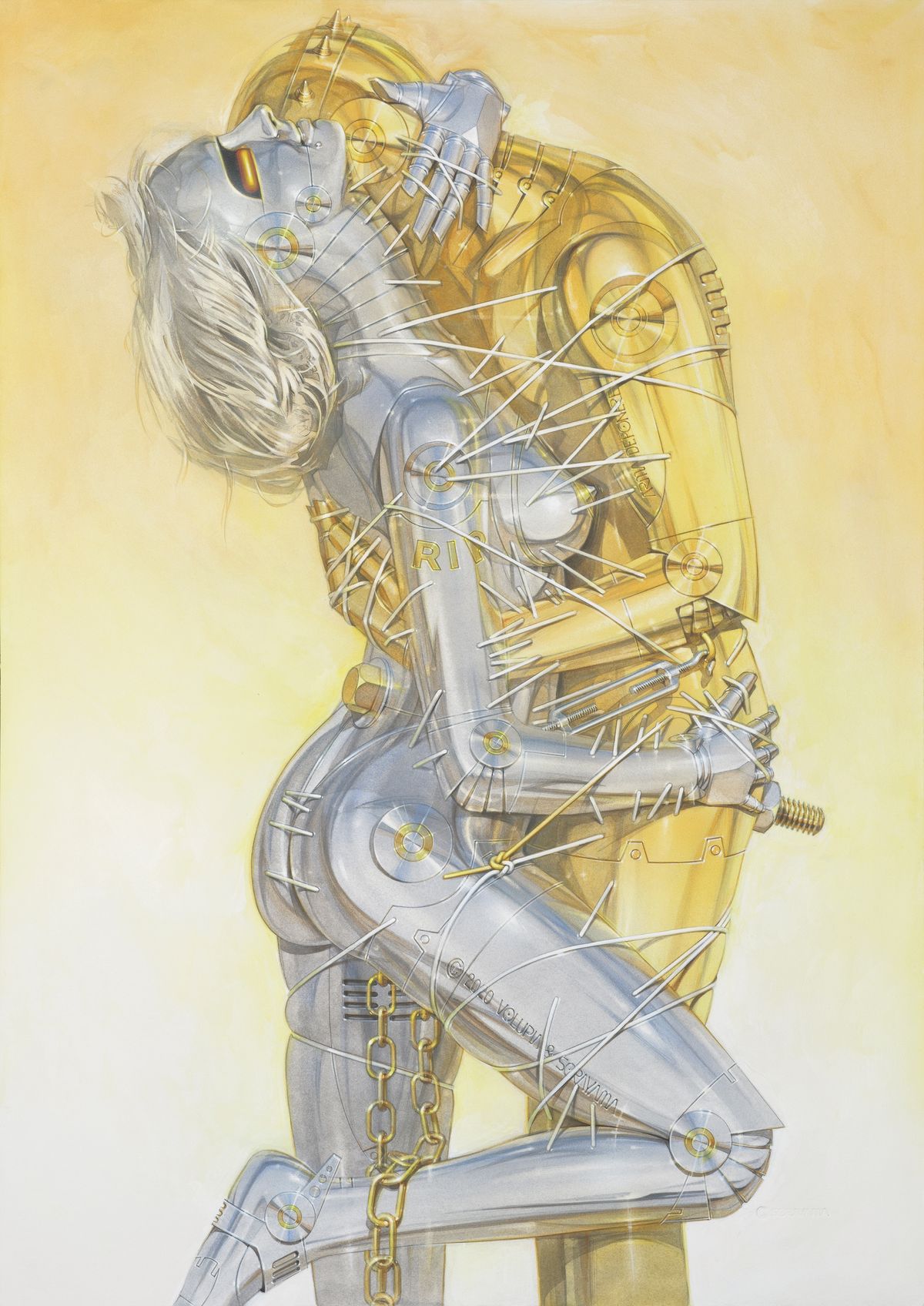Whether you are looking for a live, underwater “mermaid” show or just want to learn what the history of sex toy packaging can tell us about changing sexual mores, Miami’s forthcoming Museum of Sex aims to satisfy. The museum, which has been operating in New York for more than 20 years, is bringing its unique combination of scholarly seriousness and dirty absurdity to Florida in its first satellite project, now scheduled to open in January after a planned opening during Miami Art Week was postponed.
Located in a converted warehouse in the Allapattah arts district, the museum’s 32,000 sq. ft space was designed in collaboration with the architectural firm Snøhetta (designer of the Oslo Opera House and the revamped San Francisco Museum of Modern Art) with three galleries, retail space and a bar. Its inaugural exhibitions will include more than 500 artefacts tracing the history of sexual health products since the 1920s and the first US solo museum show of works by the Japanese artist Hajime Sorayama (of Sexy Robot fame).
The new space will also feature an expanded iteration of the New York museum’s popular Super Funland: Journey into the Erotic Carnival. Inspired by the “decadent carnal origins” of carnivals dating back to Ancient Rome, the permanent interactive space is a smorgasbord of artist-designed takes on classic carnival games. One novel touch at the Miami museum will be a 40ft-wide “mermaid tank”.
“Merlandia is an homage to Dalí’s 1939 Dream of Venus, which he designed for the New York World’s fair and is arguably the progenitor of ‘experiential art’ we see today,” Daniel Gluck, director and founder of the museum, tells The Art Newspaper. “Ours has a surrealist, Rococo aesthetic that is part-sculpture, part-performance space for ‘nymphs’ and ‘mermaids’, as if the Trevi Fountain came to life.”

An assortment of objects from Modern Sex: 100 Years Of Design and Decency, an inaugural exhibition at Miami's new Museum of Sex
Photo: Reeves Maddux Creative
In the museum’s more traditional exhibitions, visitors will be able to explore the “idea of the cyborg” through Sorayama’s “robotic pinups”, says chief curator Ariel Plotek, “and our own accelerated march towards becoming machines ourselves”. As for the historical displays of sexual health products, the museum will highlight the stories behind specific brands—like Ramses condoms, created by a man named Julius Schmid, who worked as a sausage stuffer and began illegally selling skins on the side as prophylactics in the 1920s in discrete tins. (“Condom packages through the ages tell us so much about ourselves,” says Gluck.)
The Museum of Sex has an extensive permanent collection of more than 15,000 objects, but “sex is a huge subject, so we favour the Kunsthalle model, working with and borrowing from other museums and major collections and collectors to put our own collection and vision into context”, says Gluck. After all, there is plenty of “high” art about sex out there—the Museum of Sex owns at least one Picasso, includes the story of Nam June Paik and “topless cellist” Charlotte Moorman’s 1967 collaboration in its galleries and hosted a whole show dedicated to the work of Laia Abril in New York in 2020.
“New York was where we went from a scrappy museum and built it up,” says Gluck. “Miami allows us to do things on a much more significant scale.” He is particularly excited about putting on larger sculpture shows (he notes that the Miami building has 20ft and 30ft ceilings) that would never fit in the New York space.
“The New York museum has become such a museum for New Yorkers, not tourists. It’s interesting if it’ll happen in Miami too,” says Plotek, noting that around 65% of visitors to the New York space come from within an hour radius. “We want to be as beloved by Miami artists, collectors and museumgoers as any other museum in the city.”


